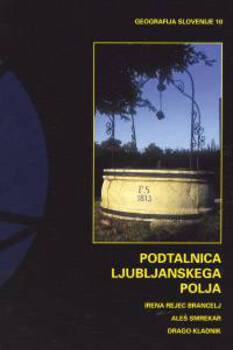Podtalnica Ljubljanskega polja
Ljubljansko polje is a juncture of numerous human activities. The source of drinking water for about 300,000 residents, it holds one of the most important bodies of groundwater in the country. Unfortunately, the influences of urbanization, agriculture and industry that threaten and burden it are reflected in the quality and quantity of the groundwater.
The main sources supplying the Ljubljansko polje aquifer are the Sava River and infiltration of precipitation water over the entire Ljubljansko polje area. We can conclude from previous hydrogeological studies that natural vulnerability of the groundwater in the entire area is great. An analysis of long-term trends in the quality of the groundwater shows the lowering of the content of atrazine, an increase in the content of trichloroethylene and tetrachloroethene, and the presence of other compounds from the group of chlorinated organic solvents. In land use the largest space is occupied by built-up areas that cover more than a half of the area. Two fifths of the surface is covered by farm land. To a great extent, the agricultural burdening of the environment originates in the unfavourable structure of the farms and a lack of awareness among farmers, especially regarding manuring practices and the use of pesticides. According to a survey, there are 1,228 wells in these areas, used primarily for watering and irrigation. Industrial activity has an important impact on the emission of pollutants into the water because in most cases factories do not have purification devices and are connected via the sewage system to the central purification plant in Ljubljana, which currently performs only mechanical purification.
Downloads

Series
License

This work is licensed under a Creative Commons Attribution-NonCommercial-NoDerivatives 4.0 International License.
